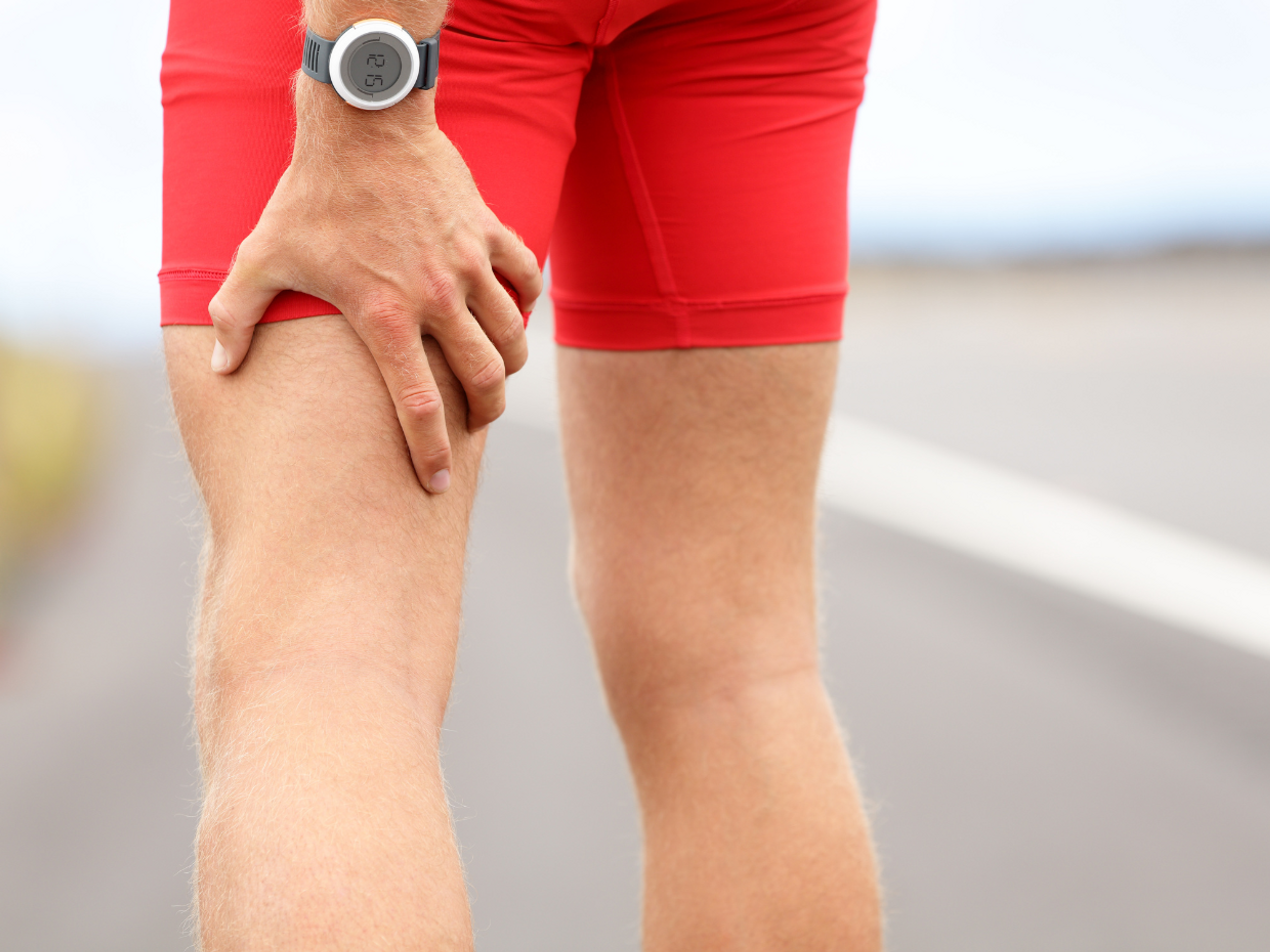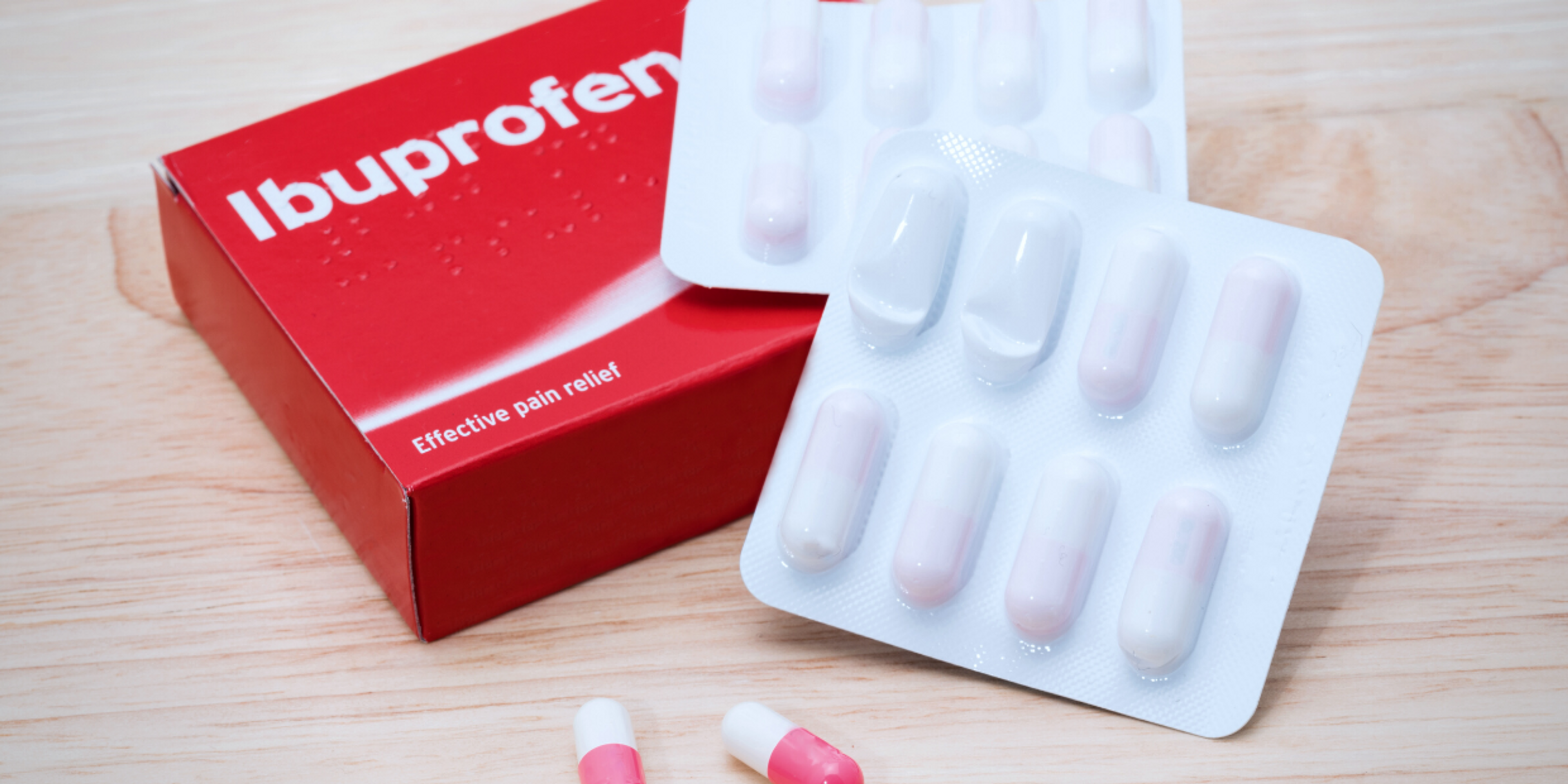How long does a pulled muscle take to heal?
Typical recovery times for muscle strains
On average, the following recovery times apply:
- Minor strains that affect only a small portion of the muscle tissue can recover in 4 to 6 weeks
- More severe strains that affect a large part of the muscle take 8 to 12 weeks
- If you've also injured a tendon, your muscle strain may take more than 4 months to heal fully
We've previously discussed the treatment of hamstring strains and calf strains in detail.
Struggling with a stubborn muscle strain? The Exakt Health app is a trusted, easy-to-follow rehab tool designed to get athletes and active people back on track after injury. Get the expert support you need now and get back to what you love sooner.
To understand why muscle strain healing times vary so much, it's helpful to look at what muscles are made of and how this affects the healing process.
How the different parts of a muscle affect healing
Muscles are made up of lots of muscle cells grouped together in bundles. Layers of fascia (that white, sinewy stuff in meat) hold these bundles together, and a thick fascia layer also surrounds the muscle itself.
The muscle cells receive a good blood and nerve supply via several arteries, veins, and nerves that thread through the muscle. The rich blood supply brings oxygen and nutrients to the injured area and helps muscles to heal more quickly.
Muscles attach to the bones via tendons. The main building block of tendons is collagen. Collagen takes much longer to produce and strengthen than muscle cells. Tendons also have a poorer blood supply than muscle cells. These factors mean that muscle strains that include tendon injuries heal more slowly.
How does the body heal a muscle strain?
Your rehab exercises must match the current stage of healing, strength, and endurance of your injured muscle. If the exercises are too intense, they will worsen your injury.
Because inflammation plays a key role in healing, it's best to avoid taking anti-inflammatory medication when recovering from a pulled muscle.
How do you know which stage of healing your injury is in?
To err on the side of caution, assume that the inflammatory phase always lasts 5 days. After that, you don't really need to know the exact stage of healing to choose the proper treatment.
The important thing is to understand that during the early stages of recovery, your treatment should focus on protecting the area and not doing exercises and movements that are too forceful. Using pain as a guide can be very useful to get this right.
As your muscle strain recovers, you must move to more challenging exercises and increase their complexity to properly prepare the muscle for the work it will do when you play your sport.
One of the features of our Exakt Health App is that it guides you through this process. It uses the same functional tests that a physiotherapist uses to decide when your muscle is ready to progress to the next level of strength training or restart your sport.






